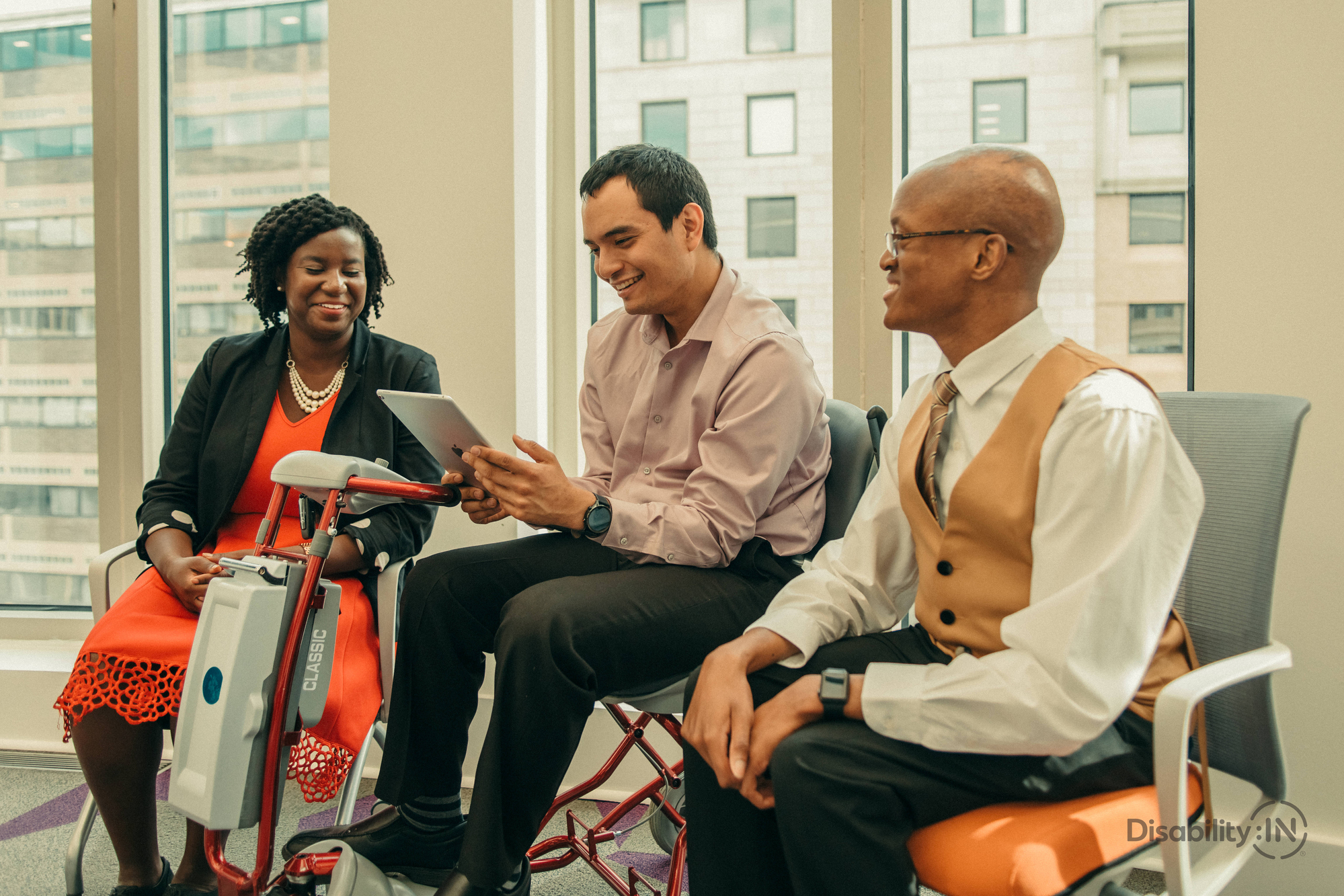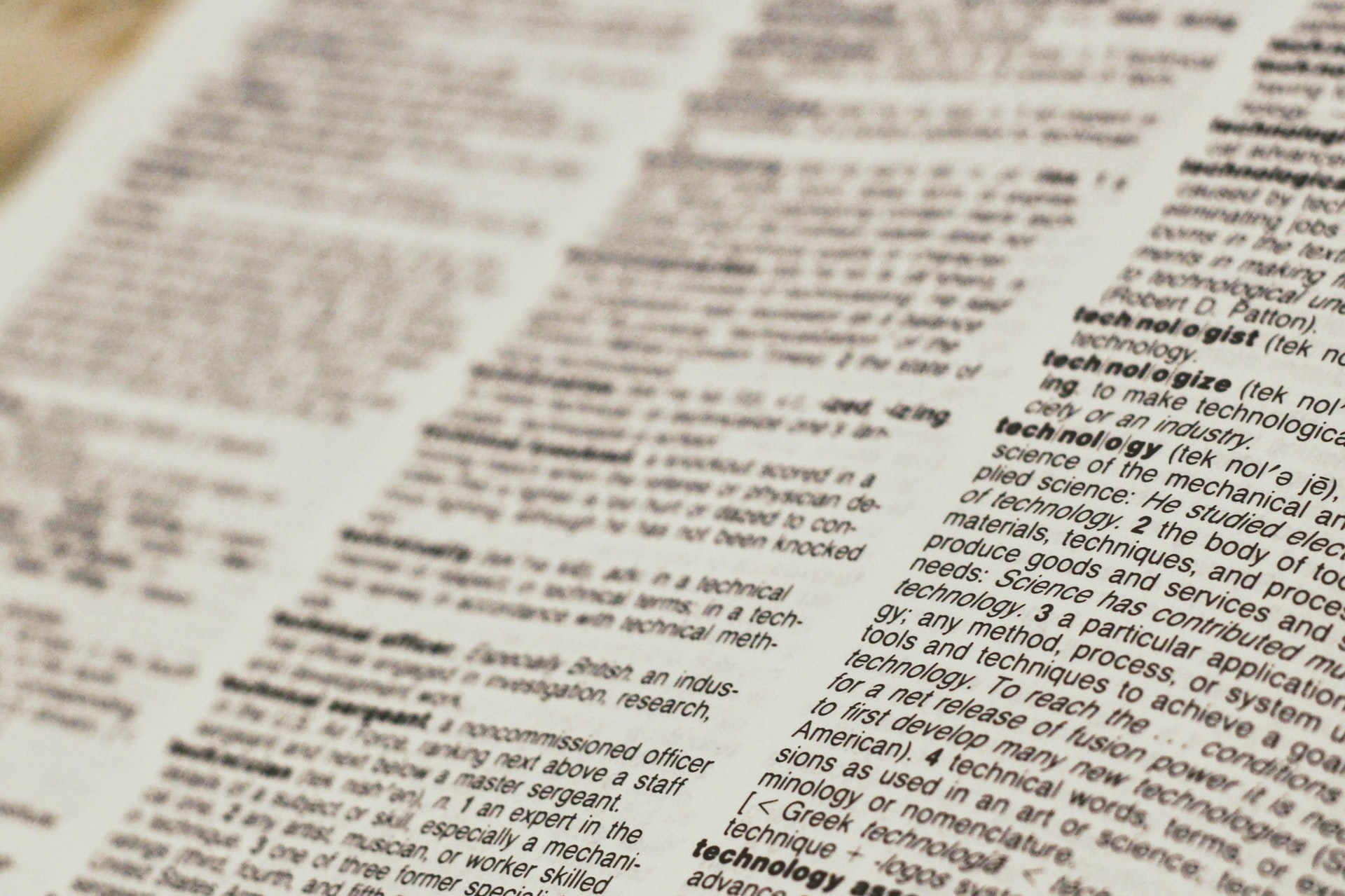
Just say no to unethical marketing: disablism in health copywriting
I got an email yesterday inviting me to be an affiliate for a health product. By complete coincidence, the product promised to rid its gullible audience of a condition I actually have, so I clicked with interest. The video sales letter, within three short minutes, was outrageously offensive. And I don't say that lightly. A man was offered life-saving surgery that involved amputating a leg. This is a big deal for anybody, of course. I would not downplay that. But the alternative was death. [caption id="attachment_2896" align="alignright" width="328"] An Indigenous Two-Spirit person ties their shoelaces while sitting in a chair. They are dressed in all black and have braided hair, tattoos, and a prosthetic leg.[/caption] Phew, you'd think. It will be a big change to my life to lose a…









